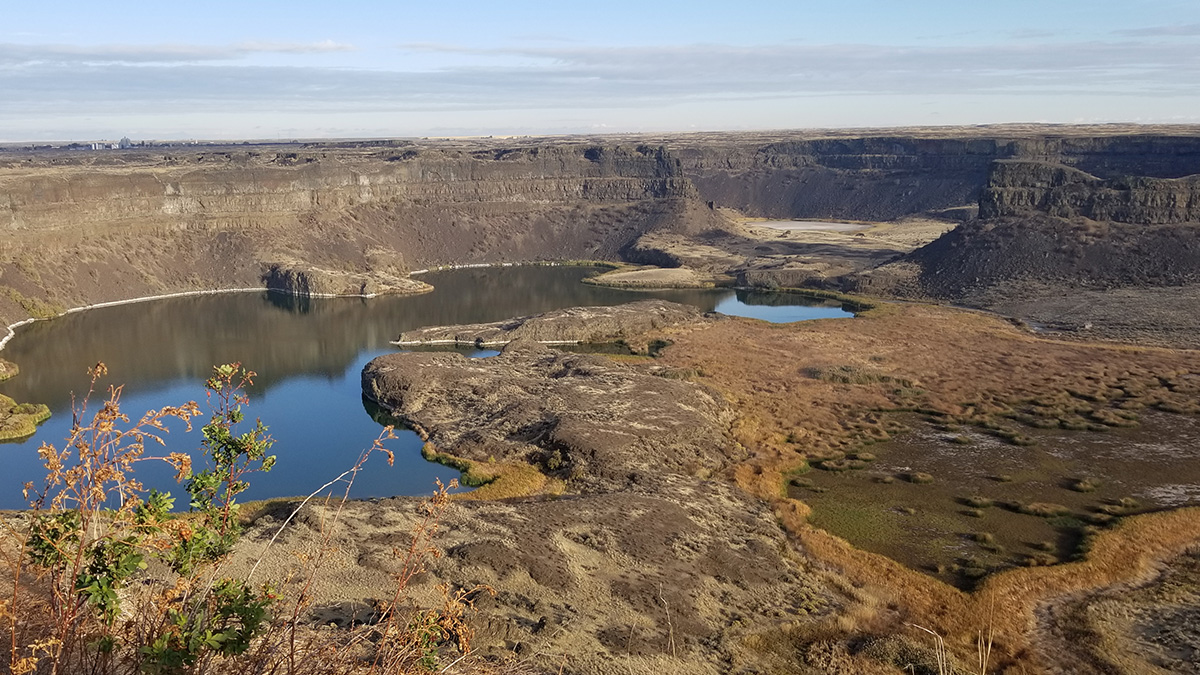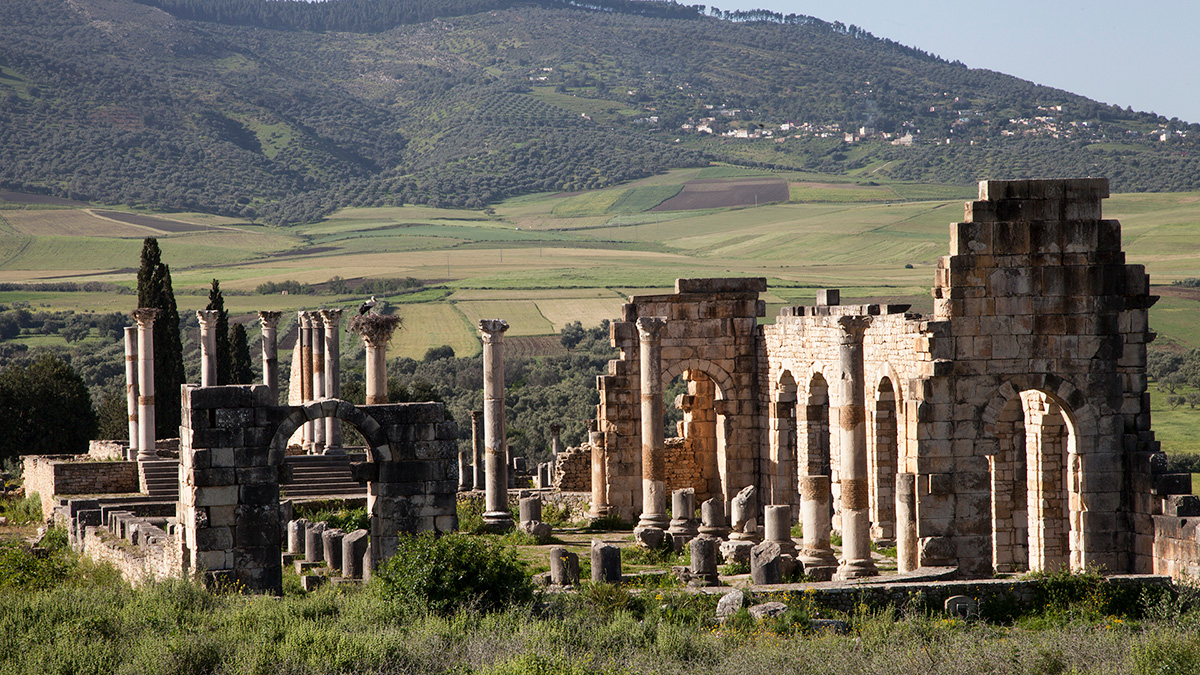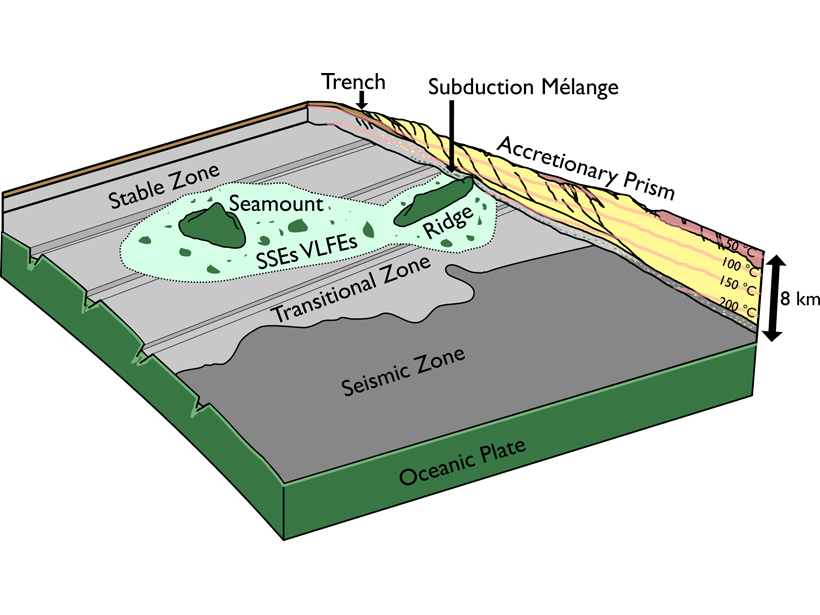Understanding how much water is in Martian magma is vital for understanding whether the Red Planet had seas in its early history.
basalts
Why Do Arc Volcanoes Deform Less Than Ocean Island Volcanoes?
Volcanic ground deformation is not simply correlated with erupted volume. Researchers propose that high concentrations of magmatic volatiles make systems more compressible and suppress deformation.
Krypton Isotopes Provide New Clues to Planets’ Pasts
To trace how crucial ingredients for life arrived at Earth, scientists track noble gases. Now, improved methods are drawing new clues from krypton, the most cryptic of noble gases.
The Surprising Greenhouse Gas That Caused Volcanic Summer
Extended periods of volcanism known as flood basalt eruptions lead to volcanic winters, which are often followed by an extended period of warming. But it was more than just carbon dioxide that warmed the globe.
Western U.S. “Megafloods” Might Not Have Been So Mega
The flooding that carved eastern Washington State 20,000 to 12,000 years ago could have been 80% smaller than the canyons’ volume today.
Roman-Era Millstone and Mixer Makers Knew Their Rocks
The geochemistry of basalt millstones and mixers from the city of Volubilis suggests a local origin—and that rocks were picked for specific purposes, from crushing olives to mixing dough.
A Novel Thermobarometer to Infer Mantle Melting Conditions
The algorithm RevPET automatically reverses the complex multi-phase fractional crystallization path of oceanic basalts and offers new perspectives for advancing mantle thermobarometry.
A Mechanism for Shallow, Slow Earthquakes in Subduction Zones
Slow earthquakes beneath the accretionary prism updip from the locked portion of a subduction zone can be caused by basaltic blocks embedded in a shale matrix.
Basalts Turn Carbon into Stone for Permanent Storage
Scientists have shown that mineral carbonation can permanently capture and store carbon quickly enough and safely enough to rise to the challenge of climate change.
Lunar Lava Tubes Could Offer Future Moon Explorers a Safe Haven
Scientists find evidence that a 50-meter-deep pit on the Moon's surface could be a skylight opening to an intact lava tube tens of kilometers long.










